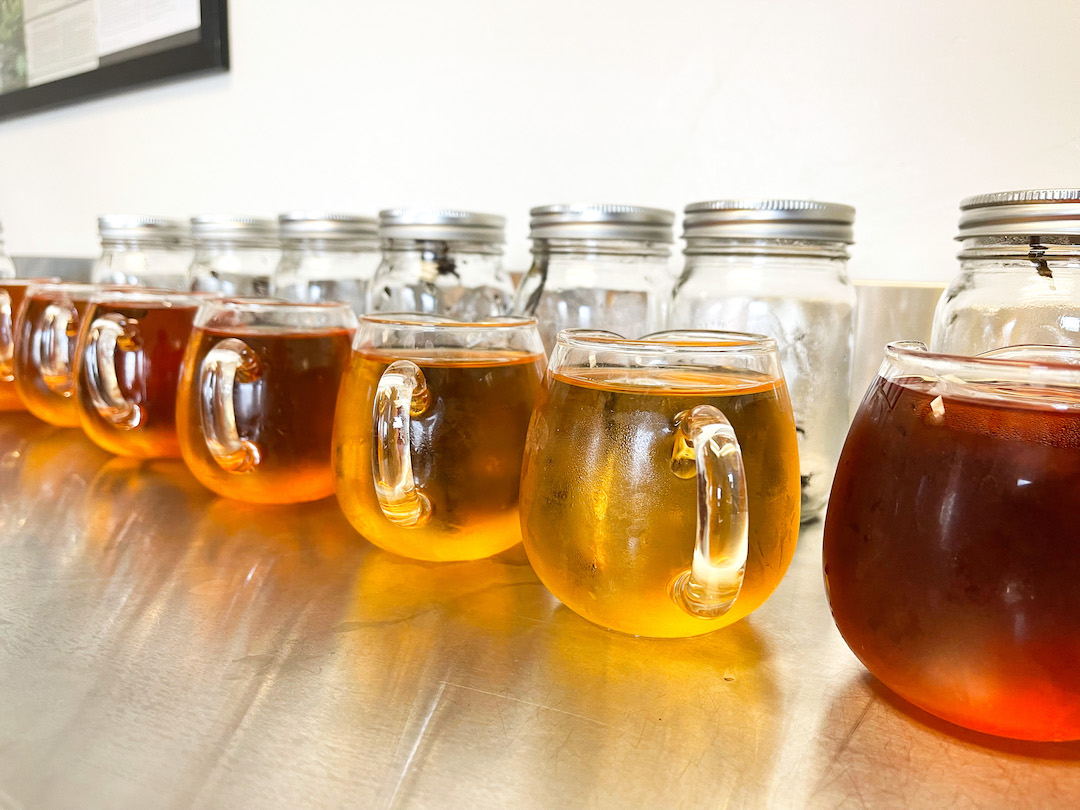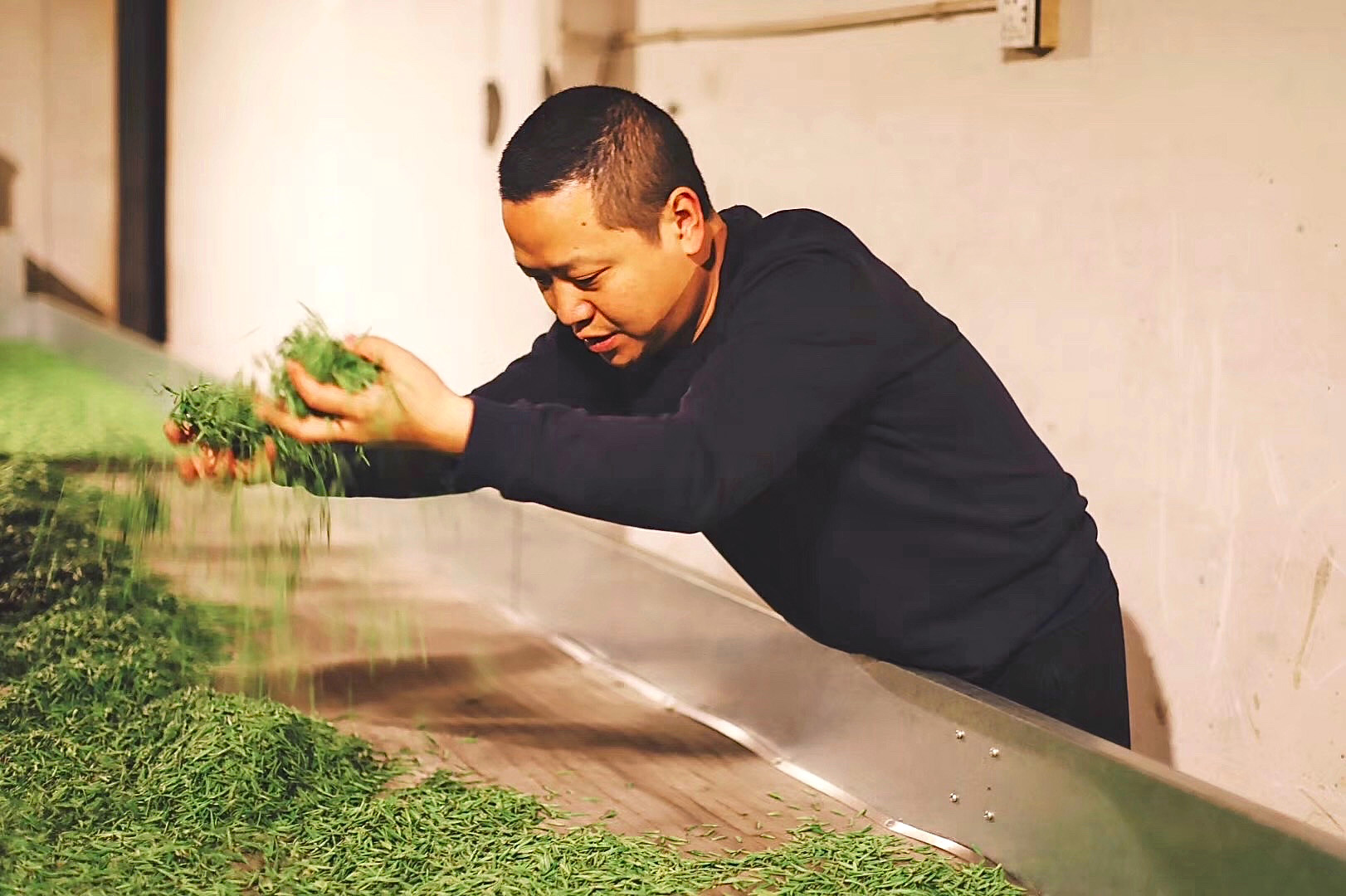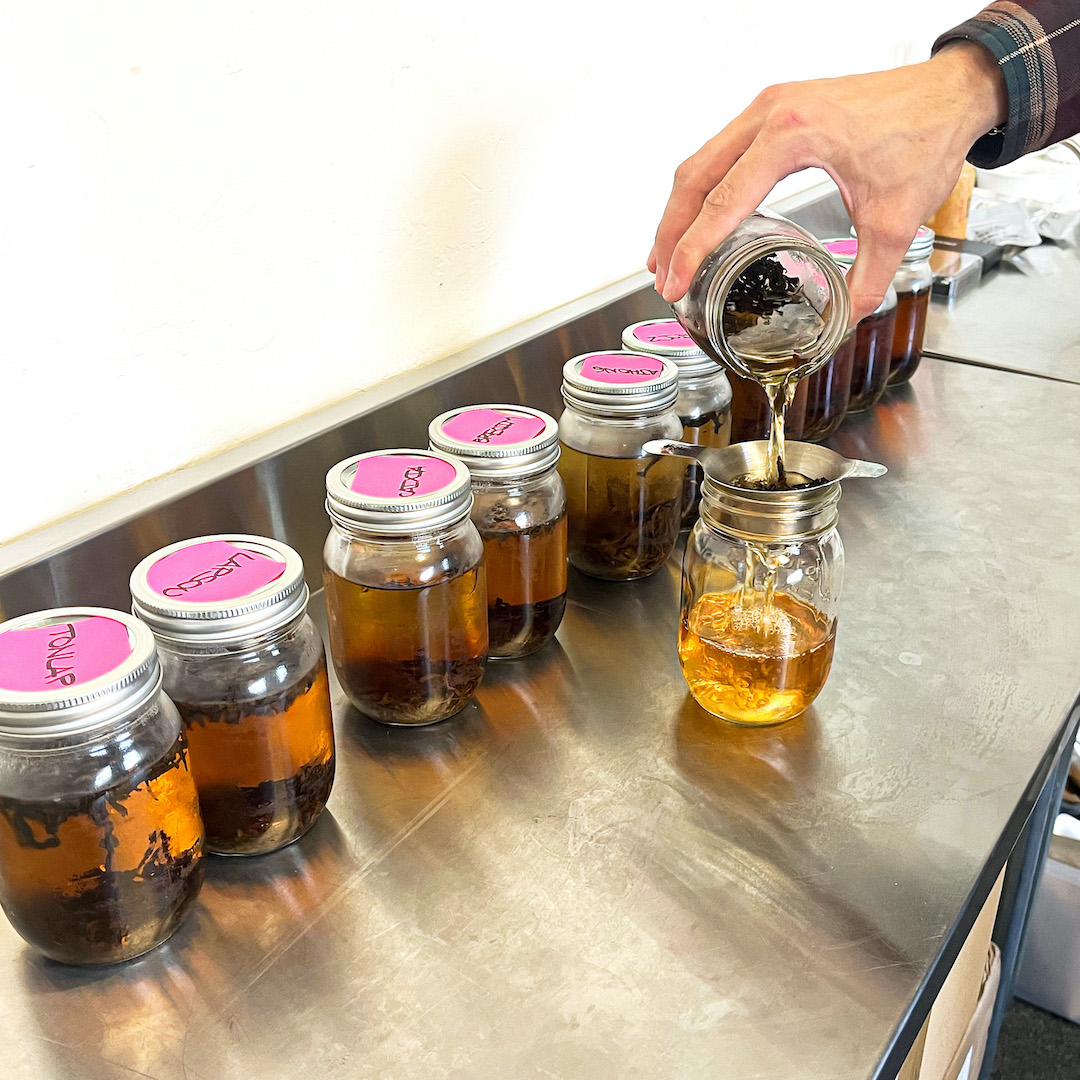Newsletter Archive Jul. 15, 2022

This weekend, we’re featuring our entire catalog of black teas. That includes both centuries-old classic styles like Tongmu Lapsang Souchong and newly crafted experiments like Anji Hong. If you’re up for doing some black tea experiments of your own, also check out our guide for cold-brewing black teas for summer.
It’s striking how many of China’s greatest black teas were only invented in the last two decades. We’ve written about this renaissance a few times over the years and the changes in the market that caused it. We’ve been fortunate to have had a front-row seat to this period of innovation, and now looking back on it, we still have to marvel at what a paradigm shift we’re witnessing. This isn’t just the emergence of new black teas, but a whole new imagining of what black tea can taste like.
In the 20th century, our expectations for most black tea in the international market conformed to what Assamica leaf with a CTC manufacture is best at: a ruddy cup of fullness and strength, ready to take milk and sugar. A standard taster’s lexicon of the day listed black tea’s desirable characteristics as “pointy,” “pungent” and “biting.” Those traditional attributes aren’t a bad thing — tea made to this mold of quality can be delicious, profound, even. But what if chasing this profile meant we were missing out on another world of black tea?
It turns out we were.

When China’s domestic market for tea took off, producers began to do something different. Historically, most of the black tea produced in China was produced with the preferences of the international market in mind. As China’s own tea drinkers responded to the availability of better and better tea, black tea producers saw the opportunity to instead craft teas for their tastes.
In the beginning, China’s domestic market for black tea was small and regional, which meant that tea makers were even less beholden to fixed expectations. They could instead explore the style as a new frontier. Why not make a black tea that drinks as light and airy as a green tea? Why not try some unusual cultivars? Why not borrow rolling techniques from Wulong tea? This experimentation brought extraordinary results.
For a specific example, look to Laoshu Dianhong (Old Tree Yunnan). The rare leaves of Camellia taliensis that give this tea its heady aroma would never have found a place in commercial black tea two decades ago. According to 20th-century botanical studies on tea, C. taliensis leaves were flat-out labeled “not commercially acceptable as tea.” Today, we can vouch for these leaves as some of the most popular in our catalog. Without the reimagining of what black tea should smell and taste like that’s taken place, this tea would not exist.
As our collective tastes for black tea are expanding, we’re finding there’s a lot to enjoy in the new as well as the old. Fortunately, you can use this weekend’s sale to taste them both.

